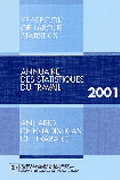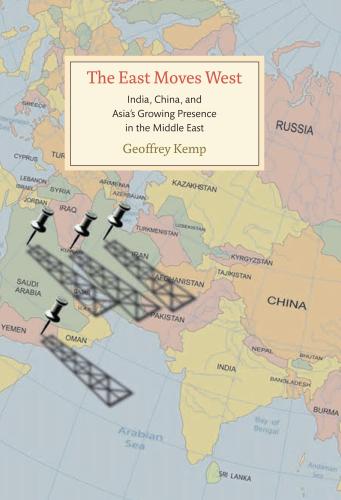Content from the Brookings Institution India Center is now archived. After seven years of an impactful partnership, as of September 11, 2020, Brookings India is now the Centre for Social and Economic Progress, an independent public policy institution based in India.
Inflation in the U.S. has averaged 1.9 per cent between 1996 and 2009 while mean inflation rate in 21 advanced economies (AE), excluding the U.S., has averaged some 25 basis points lower than that. During a Brookings India Development Seminar, Surjit Bhalla, member of the Prime Minister’s Economic Advisory Council and Chairman, Oxus Research & Investments, argued that while much had been said about inflation decline since 2007, in reality it had set in around the mid-1990s.
Based on a chapter of his new book The New Wealth of Nations, the seminar shed light on trends in inflation in advanced and developing economies with a special focus on India. Sajjid Chinoy, Chief India Economist at JP Morgan, served as the discussant for the seminar.
Conventional wisdom has dictated several determinants and causes of inflation. Most notable among these have been fiscal deficits, output gaps, crude prices, demography and dependency ratios. However, there is little evidence that supports many of these claims. Data, for example, shows that inflation decline coincided with the world’s largest increase in oil prices (point to point). However, in the decade of 1998-2008, when oil prices went up by a factor of 7, from $14.4 a barrel in 1998 to an average $100/barrel in 2008 and then a peak of $140 in 2008, inflation declined consistently and continuously.
Given this, while inflation experiences vary across the world, according to Bhalla, two trends can explain the advent of declining inflation worldwide – the first in the 1970s in the wake of the OPEC and second, with the advent of “unlimited supply of skilled labour.”
Dependency ratios and changes in demography explain some of declines in world inflation. When we look at declining shares of working age population across advanced economies, we see consistencies alongside structural declines in inflation. However, the most consistent explanation for the decline in inflation is the large increase in college graduates in the rest of the world compared to such supply in the West (advanced economies). To capture the influence of global labour supply, Bhalla constructed the simplest of all supply variables, the supply of college-educated labour in advanced economies relative to the supply in the rest of the world (also called the USSL or unlimited supply of skilled labour).
Drawing from Arthur Lewis’ classic 1954 paper that spoke about the unlimited supply of unskilled labour constraining unskilled wages in developing economies from rising much above the subsistence wage, Bhalla looked at world trends over the last 20 years. He found something analogous to Arthur Lewis’ findings: there is an excess supply of skilled labour, and that is preventing the real wage from rising in the developed world.
Labelled as “Arthur Lewis meet Gary Becker”, this model presents a thought-provoking and ingenious approach to explaining the inflation slowdown. It highlights a very different, and heretofore underappreciated, dimension of globalisation: the injection of highly-skilled labour versus the conventional wisdom of low-skilled labour, technology and capital.
A similar story exists in the Indian context. When Bhalla tested the Reserve Bank of India’s quarterly model of inflation with output gap, oil price inflation, repo rate, rural wage growth, and lagged consumer price index (CPI) inflation as independent variables, he found none of the variables to be significant at the 10 per cent level, except lagged inflation.
While he did not get into the supply of college graduates in India, he did test some conventional wisdom about the determinants of Indian inflation.
Bhalla expanded the conventional model to include minimum support prices and found statistically significant results. Expanding the model further, he found that procurement prices and rural wage growth were the two most important determinants of Indian inflation over time, with the impact of procurement prices diminishing with time, especially over the last three years.
Sajjid Chinoy offered to expand this current model to include core rather than headline inflation, accounting and controlling (if necessary) for structural breaks as well as using an “augmented Phillips Curve” approach, controlling for inflations expectations and slack.
So while the reasons for inflation slowdown in the world and India maybe manifold and while there may not be consensus on which variables are determining this trend, Bhalla’s views leave us with much food for thought.






Commentary
Is inflation dead? Development Seminar challenges conventional wisdom on declining inflation prices
April 18, 2018